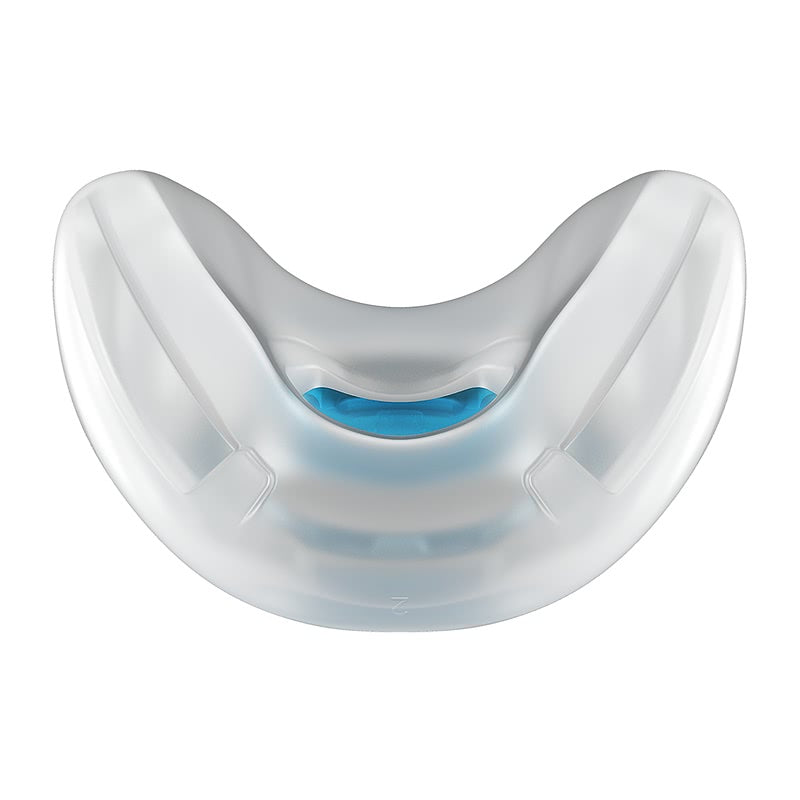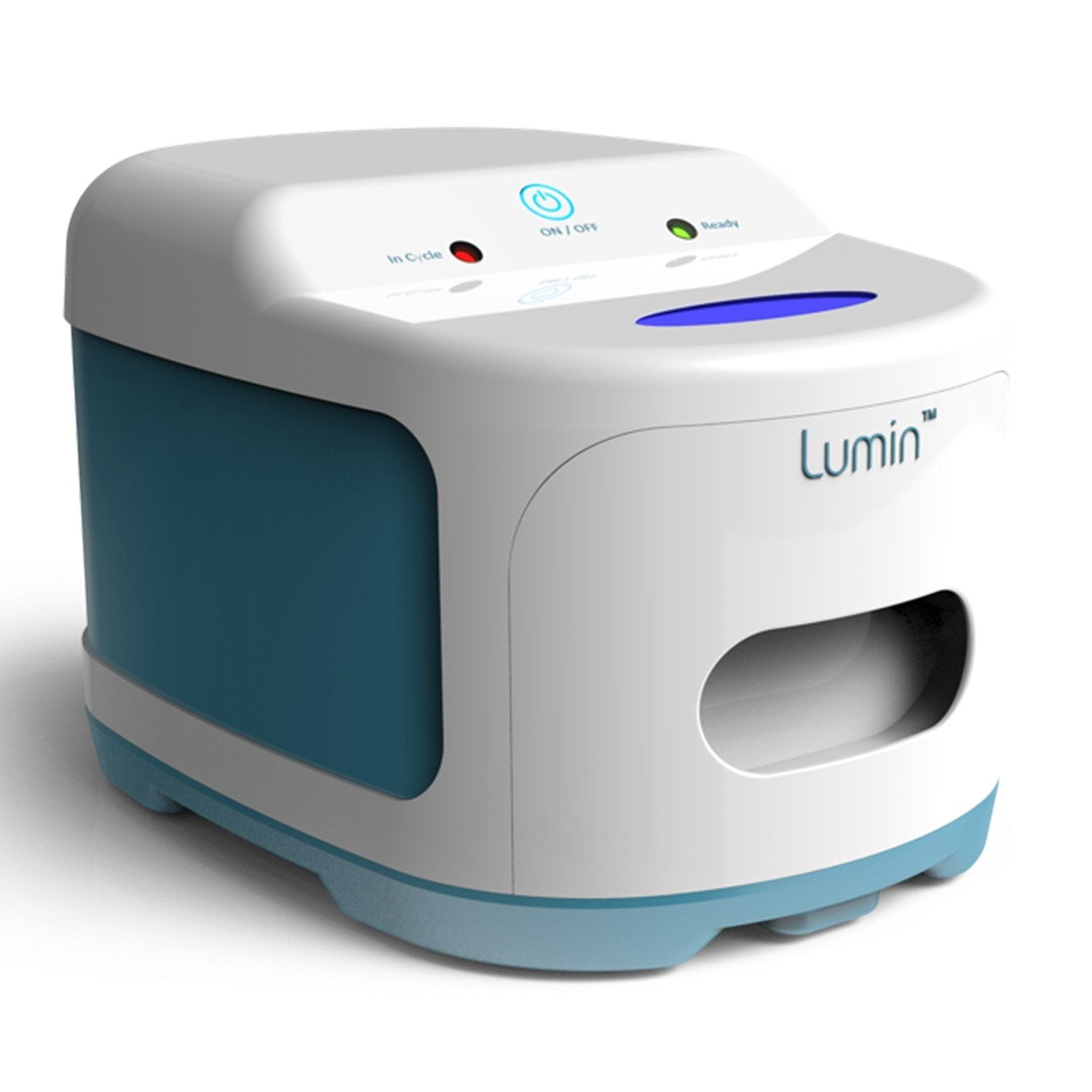
ADEQUATE CPAP USE REDUCES CARDIOVASCULAR RISK AFTER ACUTE CORONARY SYNDROME: THE RICCADSA TRIAL
Share
A post hoc analysis of the Randomized Intervention with CPAP in Coronary Artery Disease and Obstructive Sleep Apnea (RICCADSA) trial (Trial Registry: ClinicalTrials.gov; No: NCT 00519597) reinforces the finding that obstructive sleep apnea (OSA) is an independent risk factor for adverse cardiovascular outcomes in patients who have survived an acute coronary syndrome. More interestingly, these RCT results show that acute coronary syndrome patients can significantly reduce their risk of adverse cardiovascular outcomes by using CPAP at least four hours a day.
Observational data and RCT data have conflicted
OSA is highly prevalent among patients with coronary artery disease (CAD),1,2and OSA is strongly and independently linked to major adverse cardiovascular and cerebrovascular events (MACCEs).1,3It seems reasonable that CPAP treatment should reduce this risk. Indeed, observational studies have supported this seemingly obvious notion;8,9however, randomized clinical trials, such as the SAVE trial,4 the longer follow-up report of the MOSAIC trial5, and even previously reported results from the RICCADSA trial have not supported this hypothesis.6 Consequently, study authors have been taking a second look at their RCT data to see if CPAP may reduce cardiovascular risk in certain subgroups of patients.
A clever post hoc analysis
From the original RICCADSA trial, 1291 patients with coronary artery disease who underwent revascularization procedures were evaluated. Of this group, 662 had at-home sleep apnea testing and responded to the Epworth Sleepiness Scale. The Epworth Sleepiness Scale is a validated tool to assess daytime sleepiness.7 The 511 participants entered the main RICCADSA trial divided into four groups: sleepy and CPAP-treated, non-sleepy and CPAP-treated, non-sleepy and no CPAP, and no OSA. As it turns out, a rather large portion of the CPAP-treated group were nonadherent to CPAP at the two-year follow-up. Considering non-adherent patients alongside those not assigned to CPAP treatment allowed for interesting post hoc comparisons.
CPAP reduces adverse cardiovascular event risk
The primary endpoint was the first event of repeat revascularization, myocardial infarction, stroke, or cardiovascular mortality. Patients who either did not use CPAP (nonadherent) or did not receive CPAP (untreated) had nearly two times the risk of an adverse cardiovascular outcome during the follow-up period (median follow-up 4.7 years; adjusted HR 1.97, 95% CI 1.03–3.77; p = 0.04). More impressively, patients with a previous acute coronary syndrome and obstructive sleep apnea who used CPAP for more than four hours a night cut their risk of repeat revascularization, myocardial infarction, stroke, and cardiovascular mortality by more than 80% (adjusted HR 0.17; 95% CI 0.03–0.81; p = 0.03). Because the authors used a time-dependent Cox proportional hazards model adjusted for confounding factors, these results indicate obstructive sleep apnea is an independent risk factor for adverse cardiovascular outcomes in patients who have had a revascularization procedure for acute coronary syndrome. Furthermore, it strongly suggests use of CPAP for at least four hours each night significantly reduces this increased risk.
Cardiologists can improve patient care through OSA diagnosis and treatment
Patients with coronary artery disease face two major barriers to optimal post-revascularization care: 1) diagnosis, and 2) treatment of obstructive sleep apnea. Both of these barriers are largely due to inconvenience.
Overcoming the barrier to OSA diagnosis
While cardiologists should offer sleep apnea testing to all patients with coronary artery disease, polysomnography requiring one or more overnight visits to a sleep lab is highly inconvenient, and many patients refuse or defer testing. At-home sleep apnea testing, as used in the RICCADSA trial and others, is highly convenient, and the results are comparable to more cumbersome in-laboratory testing. At-home sleep apnea testing promises to overcome the barrier to OSA diagnosis, especially if it is recommended by the patient’s cardiologist soon after an episode of acute coronary syndrome.
Overcoming the barrier to OSA treatment
Cardiologists are also in a central and critical position to help patients adhere to CPAP treatment. The RICCADSA and other trials have revealed a difference between sleepy and non-sleepy patients with OSA. Sleepy patients with OSA tend to adhere to CPAP therapy because they get a noticeable benefit from CPAP treatment, but non-sleepy OSA patients tend to give up. Unfortunately for the latter group, CPAP treatment significantly reduces cardiovascular risk in patients’ adherence to treatment. Thus, cardiologists are in a position to help patients realize the importance of CPAP treatment adherence beyond something they can feel (much like explaining the importance of daily hypertension medication to patients who can’t feel their hypertension). Talking to patients about risks and benefits still matters, especially when a cardiologist is talking to a patient who just survived a heart attack.
References
1. Lee CH, Khoo SM, Chan MY, et al. Severe obstructive sleep apnea and outcomes following myocardial infarction. J Clin Sleep Med. 2011;7(6):616-621. 10.5664/jcsm.1464
2. Peker Y, Balcan B. Cardiovascular outcomes of continuous positive airway pressure therapy for obstructive sleep apnea. J Thorac Dis. 2018;10(Suppl 34):S4262-S4279. 10.21037/jtd.2018.11.48
3. Lee CH, Sethi R, Li R, et al. Obstructive Sleep Apnea and Cardiovascular Events After Percutaneous Coronary Intervention. Circulation. 2016;133(21):2008-2017. 10.1161/CIRCULATIONAHA.115.019392
4. McEvoy RD, Antic NA, Heeley E, et al. CPAP for Prevention of Cardiovascular Events in Obstructive Sleep Apnea. N Engl J Med. 2016;375(10):919-931. 10.1056/NEJMoa1606599
5. Tang I, Turnbull CD, Sen D, Craig S, Kohler M, Stradling JR. Effect of CPAP on cardiovascular events in minimally symptomatic OSA: long-term follow-up of the MOSAIC randomised controlled trial. BMJ Open Respir Res. 2020;7(1):e000742. 10.1136/bmjresp-2020-000742
6. Peker Y, Glantz H, Eulenburg C, Wegscheider K, Herlitz J, Thunstrom E. Effect of Positive Airway Pressure on Cardiovascular Outcomes in Coronary Artery Disease Patients with Nonsleepy Obstructive Sleep Apnea. The RICCADSA Randomized Controlled Trial. Am J Respir Crit Care Med. 2016;194(5):613-620. 10.1164/rccm.201601-0088OC
7. Johns MW. Reliability and factor analysis of the Epworth Sleepiness Scale. Sleep. 1992;15(4):376-381. 10.1093/sleep/15.4.376




